interior moisture places such as flooring or stair are challenges for numerous customers. when you consider yourself ceramic tiles vs laminate, you will notice that this is a complicated topic.
Wet, damp, or totally damp areas of the home pose problems for floors, as many floor coverings are prone to mold, rot, or mechanical damage to the material when exposed to moisture.
Organic and inorganic materials
As a general rule, flooring made of inorganic materials such as synthetic plastics will perform better than floors containing organic materials.
The term organic technically refers to any carbon-based material that has ever existed, but when used to describe flooring it generally refers to plant-based materials such as solid hardwood, engineered wood, or bamboo, which are actually above a kind of grass. When wet, organic matter quickly begins to decompose and quickly becomes a host for various molds and bacteria. On the other hand, most inorganic materials are products made from refined synthetic chemicals, which are largely insensitive to moisture.
Of course, not all flooring materials are completely organic or inorganic, and the organic/inorganic ratio can affect their ability to handle moisture. Plastic laminate floors have a 100% completely inorganic synthetic surface, but the thickest base layer of the floor is usually made of fibreboard. As such, laminate floors are often a poor choice for damp locations.
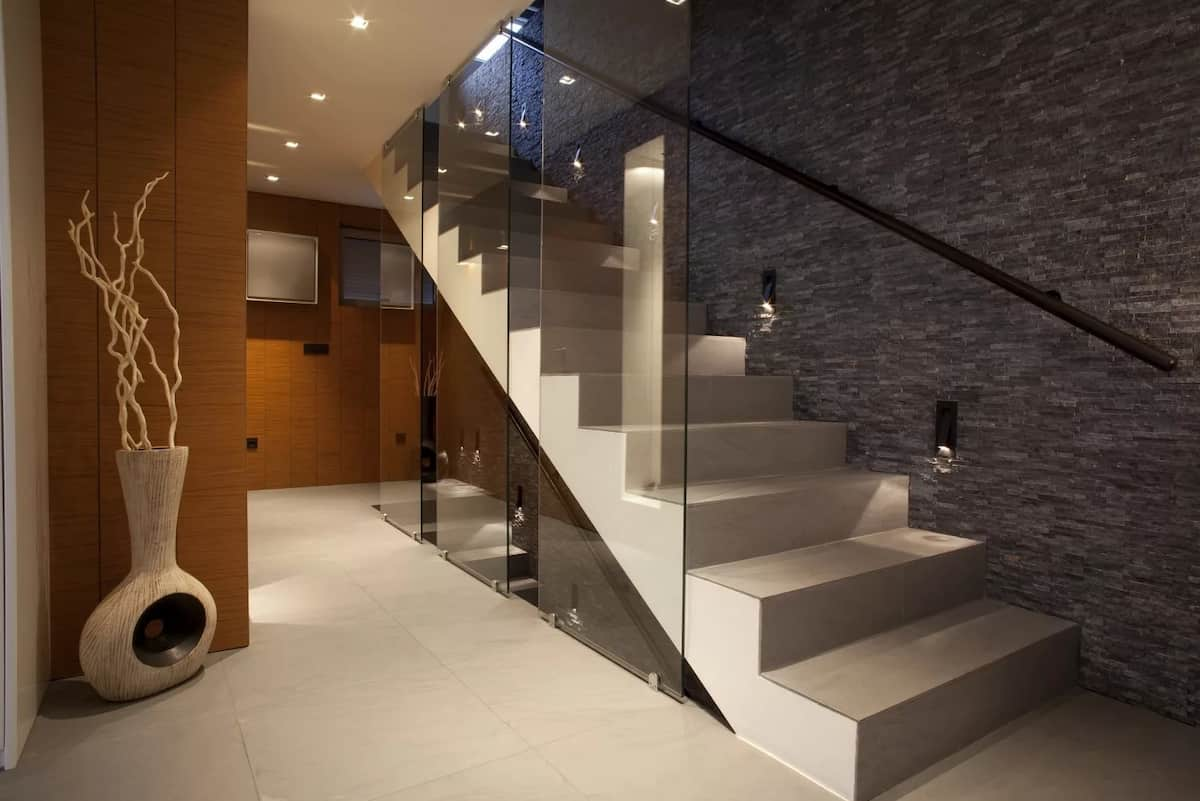
Bamboo, on the other hand, is a completely organic material, but since bamboo floors are made from many synthetic resins and glues, they actually hold up relatively well to moisture compared to inorganic plastic laminate floors.
An exception to this rule is carpeting. With the exception of the relatively rare wool-cotton blend rugs, most rugs are synthetic and completely inorganic. But because carpet traps and retains moisture, it’s a very poor choice for damp locations.
All floor coverings in this category offer excellent protection against moisture. All the materials themselves are 100% waterproof. These floor coverings are safe to use in kitchens, full family bathrooms, and basements.
- Porcelain tile: porcelain tile is a type of ceramic tile commonly used in showers, tubs, swimming pools, and other areas containing pure water. The material is very resistant to strong water, thanks to the very fine clay used in its manufacture and the high firing temperatures. Tiles have a water absorption rate of 0.5% or less as defined by the American Society for Testing and Materials (ASTM) C373. Tile is arguably the best material for chronically damp areas if the grout joints are properly maintained. Cracked grout joints can allow moisture to enter the subfloor.
- Ceramic tile: Like porcelain, ceramic tile is a great choice in areas where you see puddles or standing water. The only difference is that non-porcelain tiles have slightly higher water absorption, although this is usually not a problem. As with porcelain, the weakness of tiles is not the tiles themselves, but the grout joints between the tiles.
- Vinyl sheet: Vinyl sheet is a 100% waterproof solid surface. Typically, it has few, if any, seams that allow water to enter the substrate.

- Luxury Vinyl Flooring (LVF) Planks: Luxury Vinyl Flooring (LVF) comes with long wooden slats, usually 7 inches wide and 48 inches long. The lockable folding joinery provides a fairly tight seal. The entire floor, including the core, is completely waterproof, making it a better floor for wet areas than plastic laminate. Luxury vinyl ranks slightly lower than vinyl planks and tiles because the joints between planks can sometimes allow water to seep into the subfloor, especially if the installation is not perfect.
- Vinyl tile: Vinyl tile, like the other resilient floors here, is a 100% waterproof material. However, many joints in tile installations give the water more opportunity to seep into the subfloor.
- Concrete: Properly sealed concrete has excellent waterproofing properties. Concrete, once uncommon except in utility areas, is gaining popularity in living spaces with its new coloring and texturing options.

ceramic tiles for interior places
tiles can play an important role in the interior design of a house. As you know for these applications, there are different types of tiles such as ceramic, porcelain, terrazzo, and mosaic to name a few. Over the past few years, tile interior design has come a long way.
This design is not only beautiful and elegant but also very cost effective. In this guide, we’ll cover everything you need to know about interior tile design, from choosing the right tile for your project to tips and tricks for creating stunning finished products.
Determine the type of tile
Choosing the right type of tile for your project is an important decision. There are many types of tiles, each with its pros and cons. Below are the most popular tile types and what they are best suited for.
Ceramic: Tile is durable and scratch resistant, making it ideal for high traffic areas like kitchens and bathrooms. They can also be custom planned to coordinate your home stylistic layout. A disadvantage is that the tiles are relatively expensive.
Porcelain: Tiles are not as durable as ceramic tiles, but they are also more affordable. They have a matte finish that can be whiter or darker depending on the color choice, and they are smudge and fade resistant. Some people find tiles difficult to clean due to their porosity.
Concrete: Concrete bricks are durable, but they are heavy and difficult to install. They are also expensive, and due to the porous nature of concrete, the sealing process can be messy. Shingles are relatively inexpensive and easy to install.
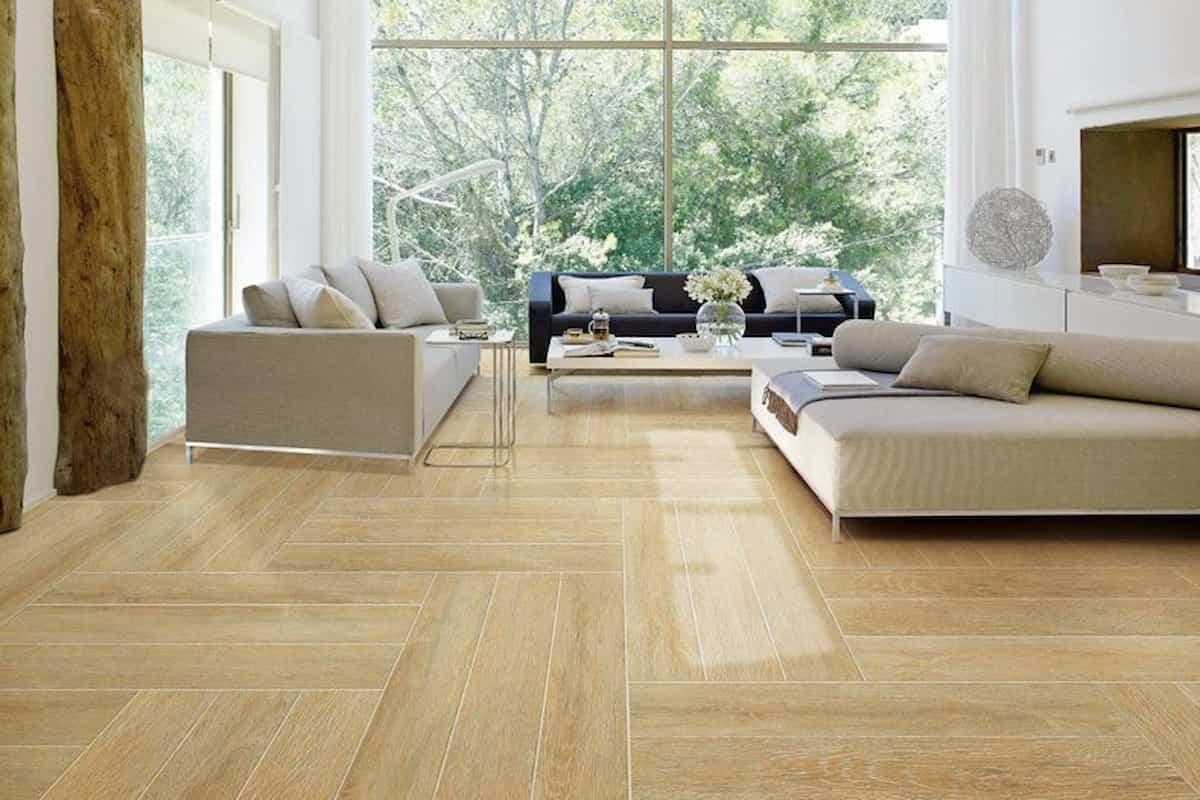
Wall and floor tiles: types and installation tips.
Tile walls and floors are a popular choice for modern homes. With many tile types to choose from, installation can be a breeze with the right advice. When choosing tiles for walls and floors, keep the following in mind:
- First decide what kind of tiles you want. There are numerous distinctive sorts, including wall tiles, floor tiles, subway tiles, and grout tiles.
- Next, decide on the size of your space. Wall tiles typically come in sheets measuring 24″ x 36″. Floor tiles are available in larger sheets (36″ x 48″), but you can also purchase smaller squares or rectangles.
- Finally, determine how you will install the tiles. You’ll be able utilize cement or trowel installation strategies.
interior design with tiles
An interior design with tiles can be a wonderful way to add character and style to any space. Here are some tips for choosing tiles, creating looks with them, and getting the most out of them:
When choosing tiles for your interior design project, it’s important to consider the overall mood you want to create.
Some popular tiles that can be used in modern or rustic designs include porcelain, stone, slate, and cork. When you combine these tiles in different colors and finishes, you can create a variety of looks that suit both modern and traditional settings.
To create a cohesive look with your tile selection, it helps to know your target style. Do you want a clean and modern look? Or do you want something more traditional? In conclusion, interior designers need to have a deep understanding of tiles in order to be able to create stunning spaces that are both functional and aesthetic.
With the help of this guide, they will be able to choose the perfect tile for any project and create a look that is both unique and timeless.
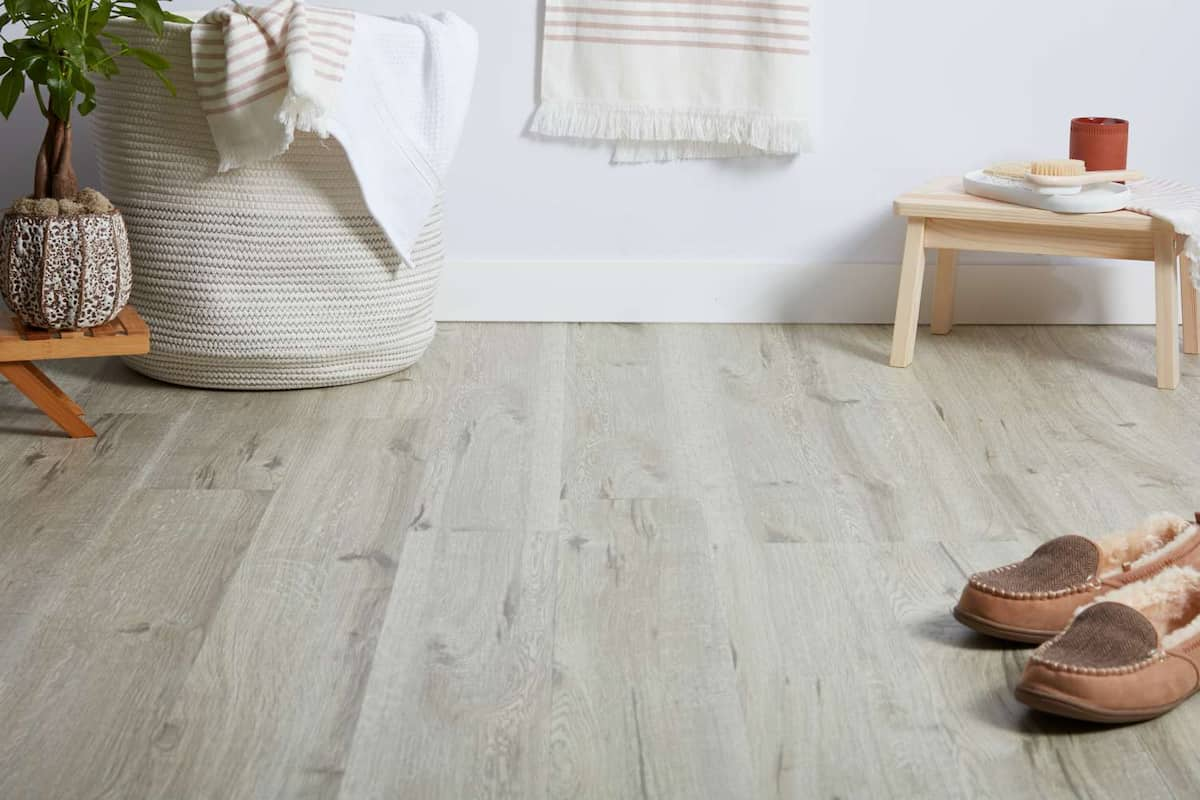
laminate flooring for moisture places
for most customers, laminate flooring is the first choice for moisture places. Today, laminate floors are durable, comfortable, and even look like solid wood. In addition, they are economical and easy to install. Read on to learn more about the basics of laminate flooring. Laminate flooring has come a long way since its introduction to the American market in the 1980s. It is an engineered product designed to work with specific upholstery and trim components.
Sold in planks typically around 3 feet long, 5 to 7 inches or wider, and 7 to 12 mm thick, laminate flooring sizes are often given in a mix of imperial and metric numbers, going back to their European origins. Laminate flooring has been one of the major developments in home improvement over the past 50 years.
It’s inexpensive, durable, and prefinished, but best of all, an intermediate DIYer can install it with just a few tools. Most of the different installation styles simply snap the boards together, without glue or fasteners. as a matter of fact, the trickiest part is choosing the product! That’s what we’re attending to tell you.
Laminate Flooring Types: Two Laminate Flooring Styles
There are two types of laminate floors. Both are packaged in snap-together boards about 1/4″ thick. But here’s the difference: Engineered wood is made up of multiple layers of solid wood glued together, each perpendicular to the bottom and top one to better stability. The top layer is a thin layer of premium hardwood covered with an acrylic finish.

The plastic laminate, on the other hand, is completely man-made, with a layer of melamine on the bottom, a resin-saturated fiberboard in the middle, and a wood grain print on top, protected by a layer of clear hard plastic. Engineered wood is for purists who prefer the look of natural wood. But you pay for the real thing.
On average, it’s about twice the cost of plastic laminate flooring. Its thin hardwood top layer makes it more prone to dents, scratches, and stains. ls plastic laminates, it can be restored up to 3 times with careful sanding and finishing. So if you place it away from water and high wear areas, you can expect it to last longer than plastic laminate.
If you plan to sell your home in a few years, consider that buyers may appreciate and pay more for the look of real wood. Plastic laminate is suitable for those who wish to have the look of wood floors in wet or heavily trafficked areas. A bulletproof finish and interior plastic components make laminate floors extremely durable.
They stand up to moisture, pet paws, in-line skates, and sand-infested flip-flops much better than engineered wood floors.
Manufacturers have gone to great lengths to make wood grain prints look very realistic. Most people can’t indeed tell it’s not real wood. Laminate floors aren’t the only durable, easy-to-install option. Next time you’re in the center of your home, take a look at luxury vinyl (LV) flooring.
There are luxury vinyl tiles (LVT) that look like tiles and luxury vinyl planks (LVP) that mimic wood (shown here). Both types are extremely durable and are the easiest to install and waterproof floors in the world. Because luxury vinyl is so flexible, it’s a great choice for uneven subfloors. All laminate floors require a foam underlay. Don’t skip it.
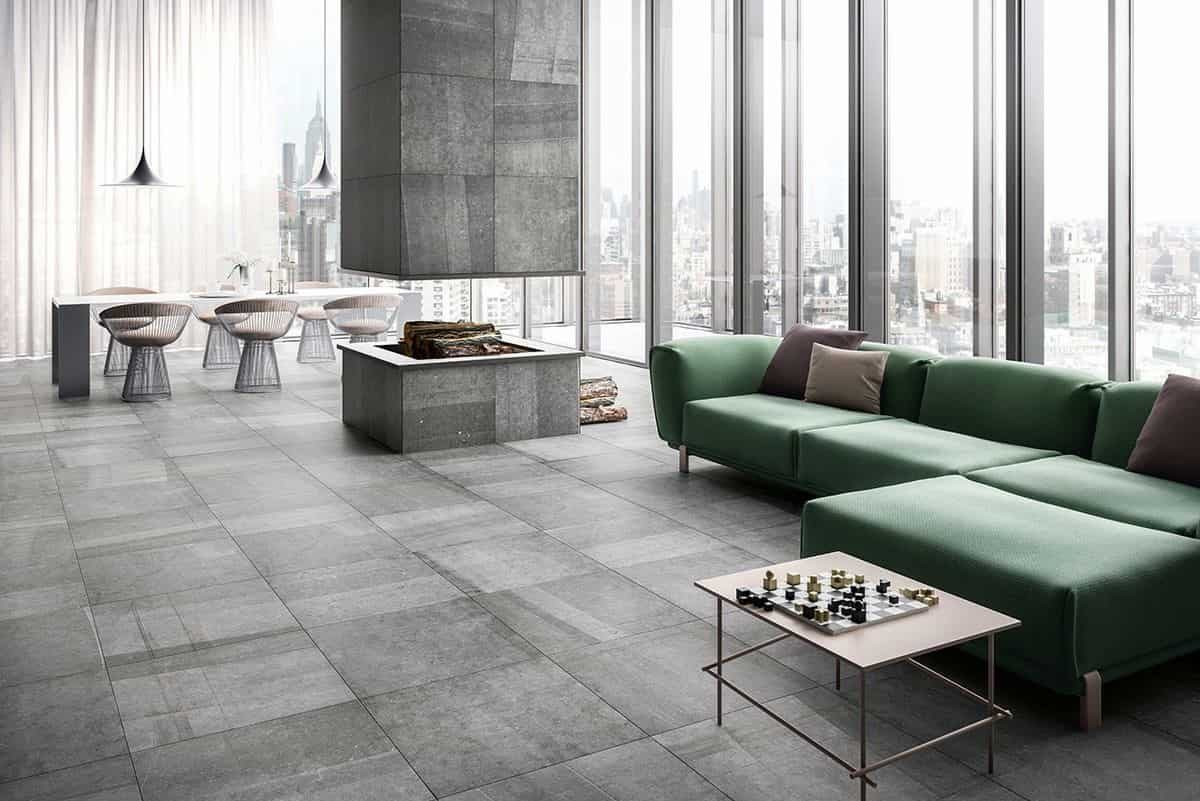
The padding prevents the floor from touching the subfloor when you walk through it and makes it softer. It also makes the planks easier to install, as it eliminates small inconsistencies in the subfloor. Some liners have tape to connect one row to the next. Others require separate strips. Use whatever you need with care.
Go ahead and buy special tools for laminate and wood flooring installation. You need this to pull the floor ends of each row together against the wall. If you live a quiet life, choose the floor style you like. However, if you have a crazy family with kids, pets, and lots of visitors, be careful. Floors with multiple textured patterns, low-gloss finishes, or distressed or hand-scratched patinas look better, cleaner, and last longer than floors with high-gloss textured patterns.
These instructions will tell you how uneven the tile or subfloor is allowed for the brand and type of flooring you are buying. On uneven floors, wider planks will be more difficult to fit together, end joints will not line up with each other, and there will be more gaps under the planks as you cross the floor. So if your concrete or wood subfloor is very uneven, it’s best to choose a narrower plank style and be thorough when using a floor leveling compound.
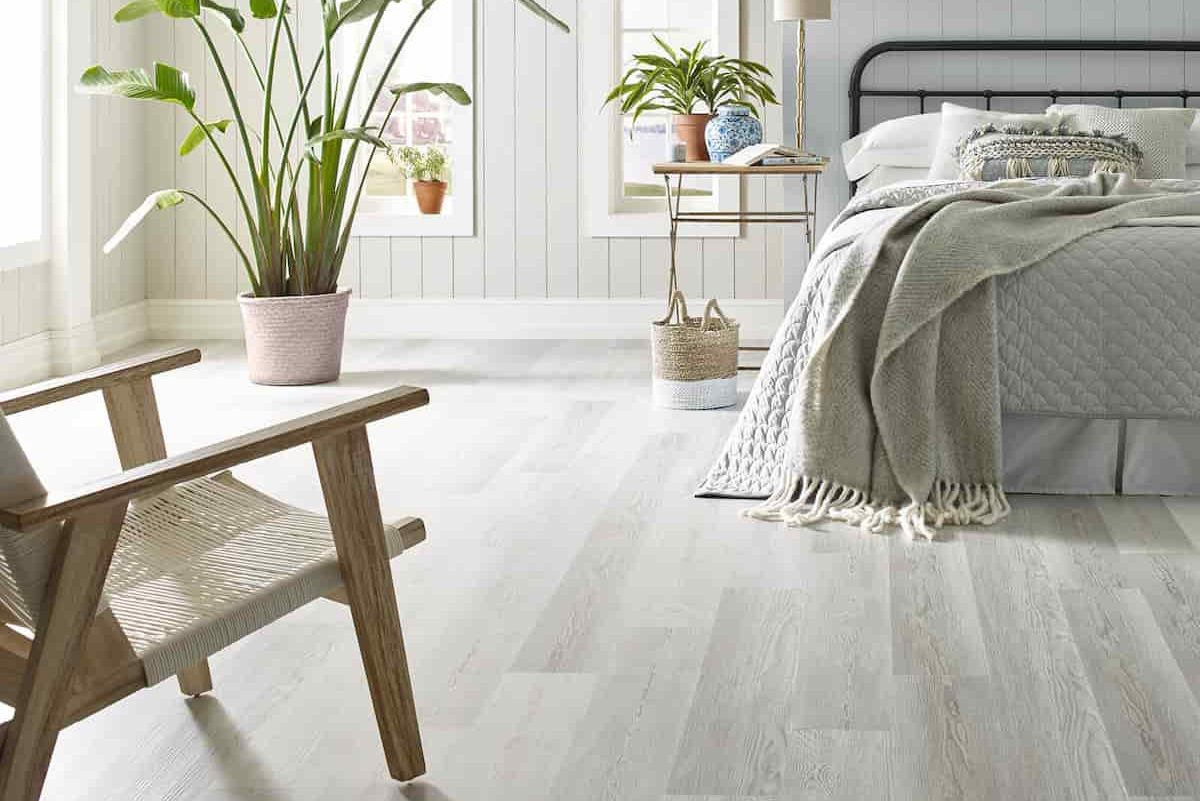











Your comment submitted.